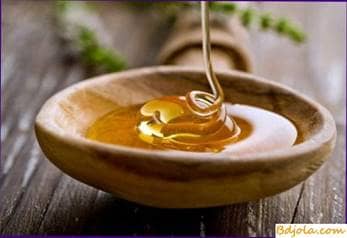
Radioactive honey. It has long been established that different types of honey differ not only in color, specific flavor and taste, but also in chemical composition and medicinal properties. The chemical composition of honey depends in part on flowering honey plants, from which bees collect nectar, and even from the soil on which the mead grows.
Дрожжевая паста рецепт. Уход за пчелами в лежаках.
Bee Honey